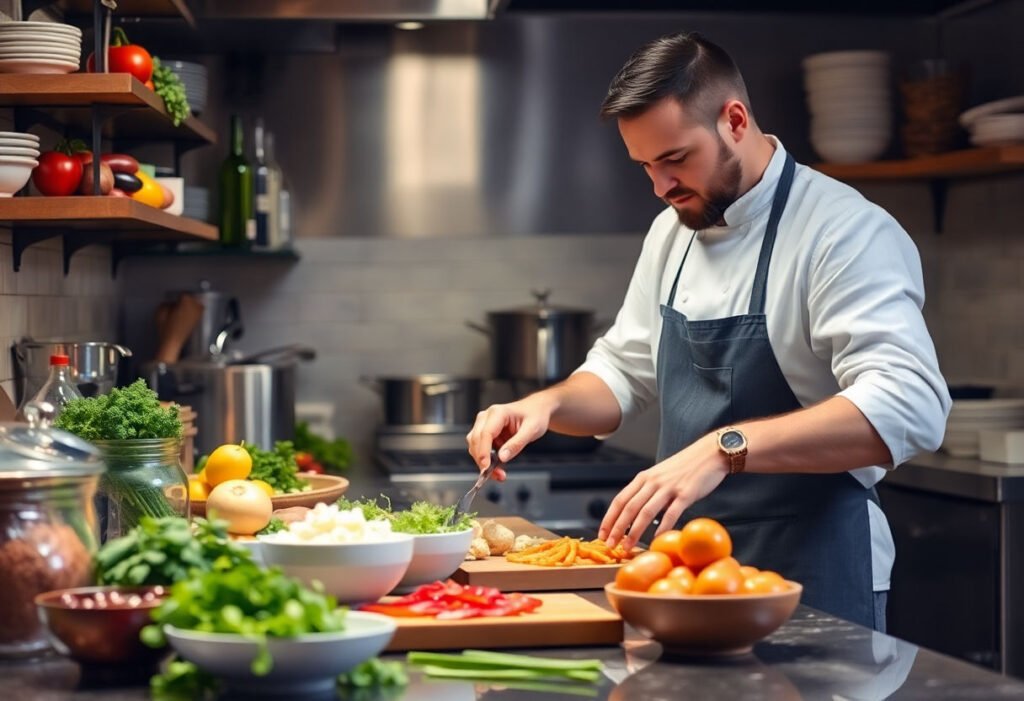Efficient food service prep makes a big difference. It keeps the kitchen running smoothly. Chefs call it the backbone of the culinary world. Time management and organization make prep work successful. These skills help create everything from fancy desserts to simple salads. In this article, you will learn key tips like mastering knife skills and using the right equipment. We’ll cover food safety and teamwork too. Following these steps boosts productivity and saves time. Dive into the world of kitchen prep with us and sharpen your skills, creating wonderful meals efficiently.
Key Takeaways
- Good time management and organization stand as the backbone of food service prep.
- Mastery of basic knife skills improves efficiency and safety in the kitchen.
- Using proper equipment helps deliver consistent quality.
- Prioritizing hygiene ensures safe and delicious meals for everyone.
- Planning the menu wisely can save time and reduce stress in busy kitchens.
Understanding the Basics of Mise en Place
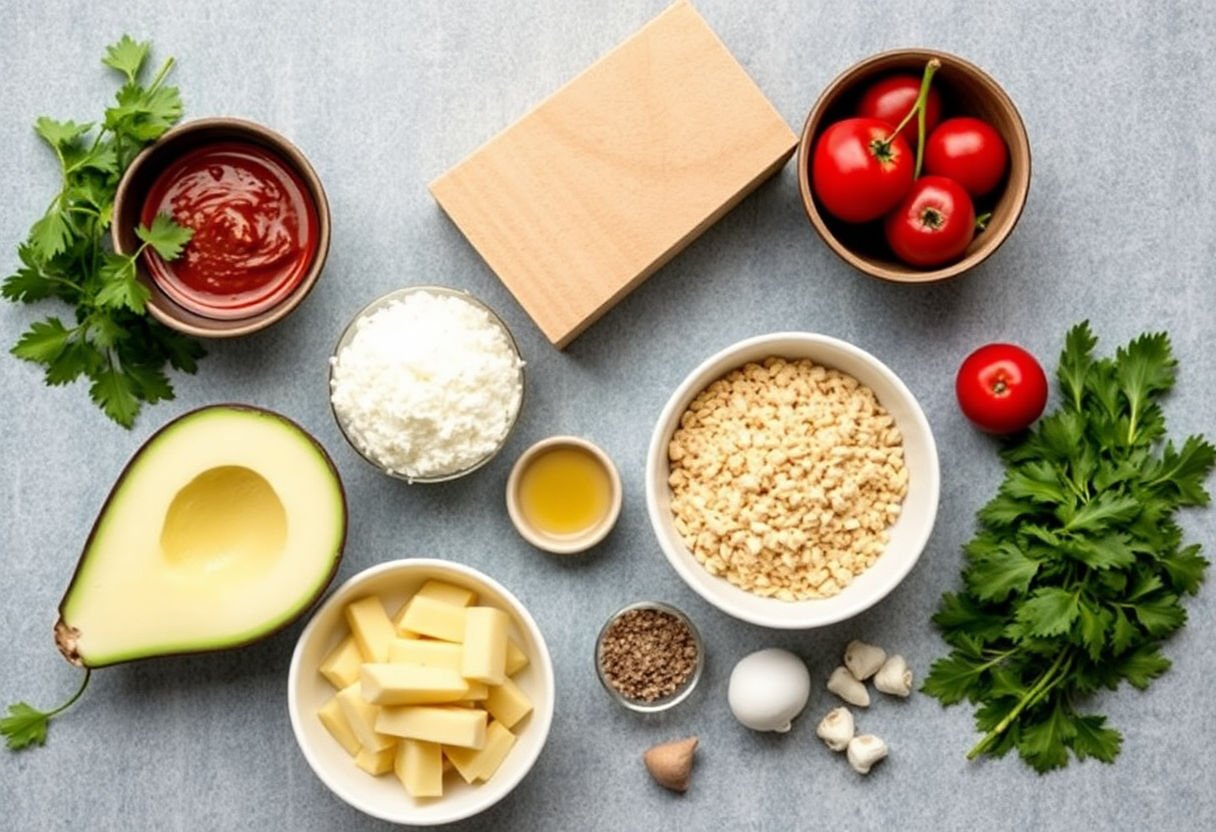
Mise en Place means “everything in its place.” It’s a key practice in kitchens. Chefs gather and organize ingredients before cooking. This saves time and reduces stress. Think about a soccer game. Players do warm-ups to prepare. Mise en Place is like a warm-up for cooking.
Steps for Mise en Place:
- List Ingredients: Write down all you need. Double-check to avoid missing items.
- Gather Tools: Collect pots, pans, and utensils. Keep them within reach.
- Prep Ingredients: Chop, measure, and sort. Use small bowls for each item.
“Mise en Place is the religion of all good line cooks.” says Chef Anthony Bourdain.
Benefits:
- Time-Saving: No hunting for things while cooking.
- Less Waste: Use measured amounts, reducing leftovers.
- Stress-Free Cooking: Enjoy the process. Stay calm and focused.
Common Mistakes:
- Skipping the list. This leads to missing items.
- Underestimating time needed for prep.
- Over-prepping. Make sure to only prepare what you’ll need.
Anyone can practice Mise en Place, whether cooking at home or in a restaurant. Organizing helps deliver dishes faster and with better flavor. Master Mise en Place, and make your cooking experience smoother and more enjoyable.
Mastering Knife Skills
Mastering knife skills can transform kitchen work from tedious to efficient. Good knife skills mean better speed and precision. Think of your knife as an artist’s brush. You need different strokes for different dishes.
Cutting Styles
Understanding basic cuts improves both speed and safety. The three main cuts include slicing, dicing, and chopping. Slicing produces thin, even pieces, good for salads. Dicing creates small cubed pieces, often used in soups. Lastly, chopping gives you rough cuts, ideal for making stocks.
Grip and Control
Proper grip makes a big difference. Hold the knife with a firm grip, wrapping your fingers around the handle. Your thumb and index finger should rest on opposite sides of the blade for better control. This grip improves balance and reduces fatigue.
Safety First
Keeping knives sharp is about safety, not just ease. A dull knife can slip and cause injuries. Remember to cut on a stable surface. A damp cloth under your cutting board can keep it from sliding.
Practice Makes Perfect
Knife skills need practice. Start with simpler cuts. Move to more complex ones as confidence grows. With time, these skills turn into second nature, making your prep work smooth and quick.
Key advice from chefs: “Let the knife do the work.” This means you should guide the knife with gentle pressure, allowing its weight to assist with cutting. This technique reduces strain on your hands and wrists.
With practice and attention, mastering knife skills becomes more than just a task. It becomes a craft.
Efficient Time Management in Food Prep
Efficient time management in food preparation can help a kitchen run like a well-oiled machine. Think of it like a relay race. Each task passes the baton seamlessly to the next, saving time and energy.
Organize your workspace. Clear space can make or break your speed. Gather all your tools and ingredients before you start. This prevents unnecessary trips back and forth.
Create a schedule. List tasks from most urgent to least. For instance, marinate meat first. This takes longer to set but not much time to prepare. Chop veggies while it marinates. Focus on tasks that take time. Work on quicker tasks in between.
Batch cooking works wonders. Boil pasta and rice in large amounts. You can use them in many dishes during the week. Wash and store ingredients after prep. Group items like onions, carrots, and peppers in bags. Use them as you need without starting from scratch each time.
Assign tasks to fit each team member’s strength. If someone excels at slicing, have them focus on knife work. Divide tasks so no one stands idle.
Avoid rush hours. Prep as much as possible during calmer hours. This keeps you ahead and avoids panic during peak times.
The key is to move with purpose. Every second saved in prep leads to smoother service. With practice, kitchen tasks become second nature, and efficiency becomes habit.
The Importance of Proper Equipment Use
Using proper equipment makes a big difference in a kitchen. Think of it like using the right tool for fixing things at home. You would not use a hammer to go fishing, right? The same logic applies in the kitchen. Using the right tools helps ensure food is tasty and looks good.
A chef’s knife is a good example of important kitchen equipment. A sharp knife cuts through fruits and vegetables like butter. A dull knife slows you down and can be dangerous. It might slip, leading to accidents. So, keeping knives sharp saves time and keeps you safe.
Another key tool is the measuring cup. Baking and cooking often require exact ingredients. An extra half cup of flour can change the texture of a cake. Using measuring cups ensures you get the recipe right every time. This attention to detail can make or break a dish.
Mixers also hold great value. They take the strain out of mixing dough and batter. Hand-mix heavy dough for bread, and you might tire out quickly. With a mixer, everything blends smooth and fast. No more lumps sneaking into your batter.
Thermometers ensure meat is cooked properly. Nobody wants undercooked chicken. A thermometer tells when meat is safe to eat, protecting from illness.
These tools, when used right, help prepare meals that taste good and look appealing. Equip yourself well, and cooking turns more fun and efficient.
Ensuring Hygiene and Food Safety

Food safety starts with clean hands. Wash your hands often. Use soap and warm water. Scrub for at least 20 seconds. This simple step keeps everyone safe.
Next, keep surfaces clean. Wipe counters and tables. Use a disinfectant. This helps stop bacteria from spreading. Clean cutting boards too. Use separate boards for meat and vegetables. This prevents cross-contamination.
Cook food to the right temperature. Use a food thermometer. Make sure meat, poultry, and seafood are cooked all the way. Here’s a quick guide:
| Food Type | Safe Temperature |
|---|---|
| Chicken | 165°F |
| Beef | 145°F |
| Fish | 145°F |
Keep hot food hot and cold food cold. Store perishables in the fridge. Check that the fridge stays below 40°F. This stops bacteria from growing.
Food storage matters. Use airtight containers. Label them with dates. This keeps food fresh longer. Throw away expired items.
Use gloves when needed. For tasks like handling ready-to-eat food, gloves protect the food from germs on hands. Replace them often to maintain hygiene.
Foods like dairy, eggs, and meats need special attention. They can spoil easily. So, check dates and use them quickly.
Remember, safety in the kitchen helps everyone. Follow these steps to keep food healthy and tasty. Happy cooking!
Menu Planning for Efficiency
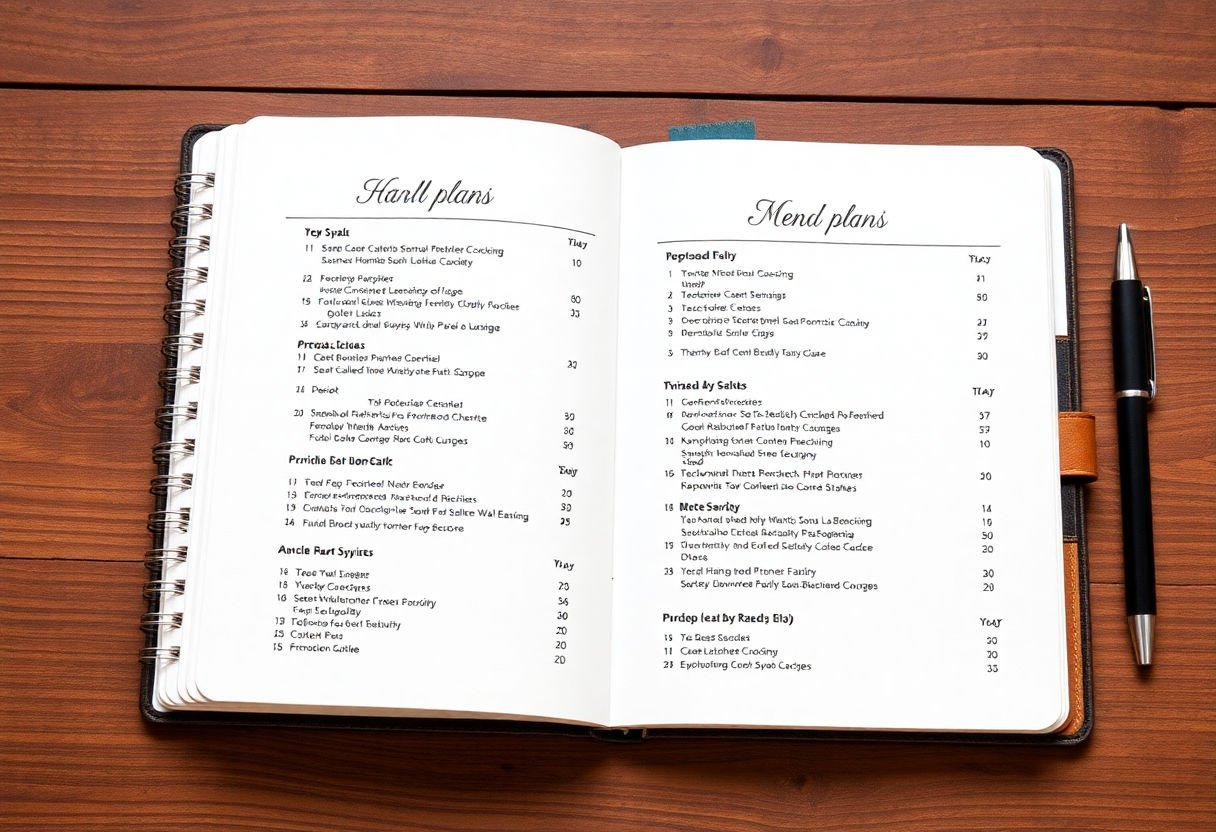
Menu planning shapes the food prep process. Picture a jigsaw puzzle where each piece must fit perfectly. A well-thought-out menu does just that for the kitchen.
Efficiency comes when you break down the menu. Divide it into smaller tasks. Put similar tasks together. This saves time and effort. Think of chopping veggies in batches rather than one dish at a time. It feels like running a smooth assembly line.
Consider seasonality. Use ingredients that are in season to save money. Fresh ingredients also boost flavor and quality. Incorporate this approach into menu planning and strike a perfect balance between cost and taste.
Plan for versatility. Use ingredients that can create many dishes. A tomato sauce can become the base for pasta, soups, or even pizza. This stretches your resources and cuts waste.
Daily specials add excitement and flexibility. They let you test new dishes and adjust to what’s on hand. Specials also attract customers eager to try something new.
Remember, menu planning goes hand in hand with inventory. Keep track of supplies. This prevents over-ordering and helps in creating sustainable menus. It is like keeping a tidy closet.
A good menu is more than just a list of dishes. It’s a tool that organizes, saves time, and makes life easier in the kitchen.
Adapting to Dietary Restrictions and Preferences
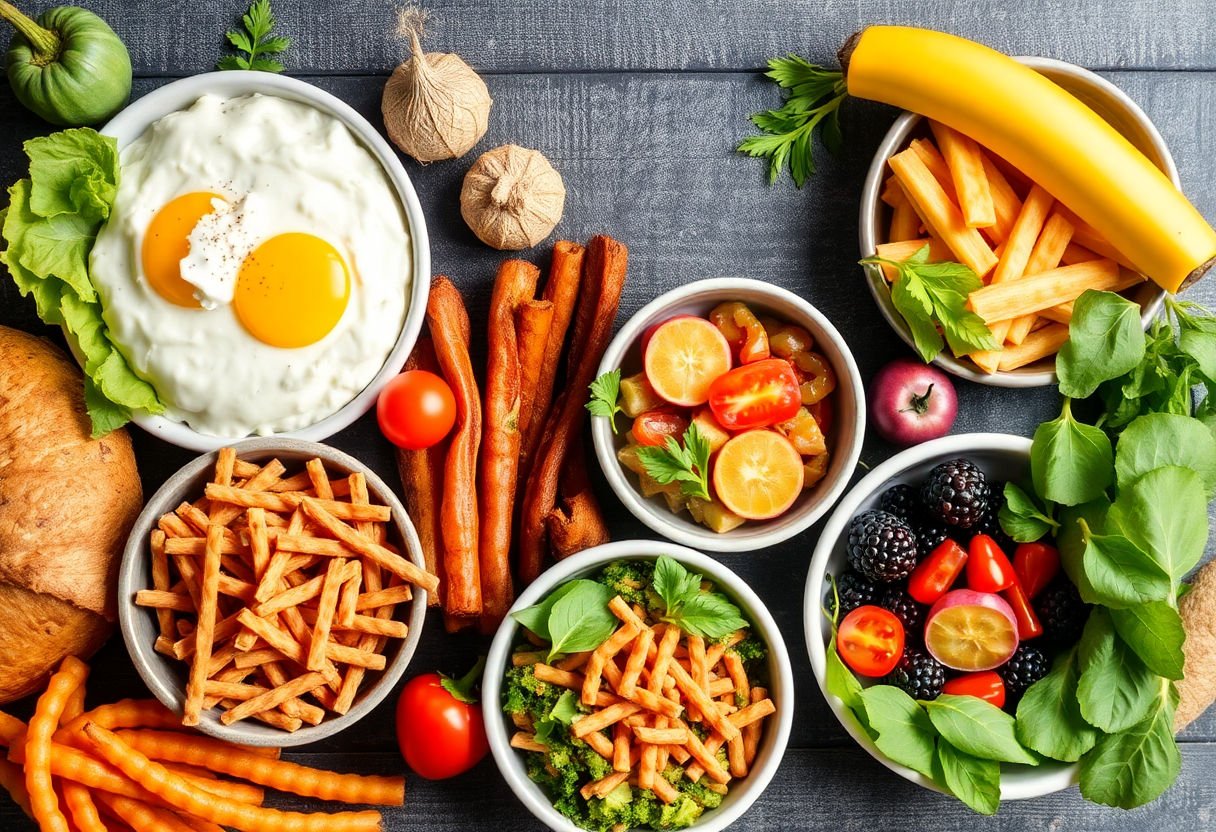
Catering to dietary needs involves a few key practices. Start by understanding common dietary needs. This includes food allergies, vegetarian, vegan, and gluten-free diets. For example, someone with a peanut allergy can have a severe reaction from even a small amount of peanuts.
Always label the dishes clearly. This helps customers pick the right meal. Use signs if possible. Let customers know about any nuts, dairy, or gluten in the dish.
Communicate with the kitchen team. Make sure everyone knows about the day’s dietary needs. This helps prevent mistakes. It’s like playing a team sport. Everyone needs to know the game plan.
Have a menu with options for different diets. This increases customer satisfaction. When creating a menu, use bold flavors without relying on common allergens or meat products. Consider offering a dish like grilled vegetables with quinoa. It can appeal to both vegans and those with gluten sensitivity.
Train the staff. Make sure they know the importance of dietary notes. They should be able to suggest alternatives quickly. This helps keep the service smooth.
Lastly, get feedback and adjust. Ask customers if their needs were met. Use this information to make future plans. It builds a good reputation and trust with customers. Providing a safe and tasty experience matters. It’s about making everyone feel welcome and cared for.
Enhancing Team Collaboration in the Kitchen
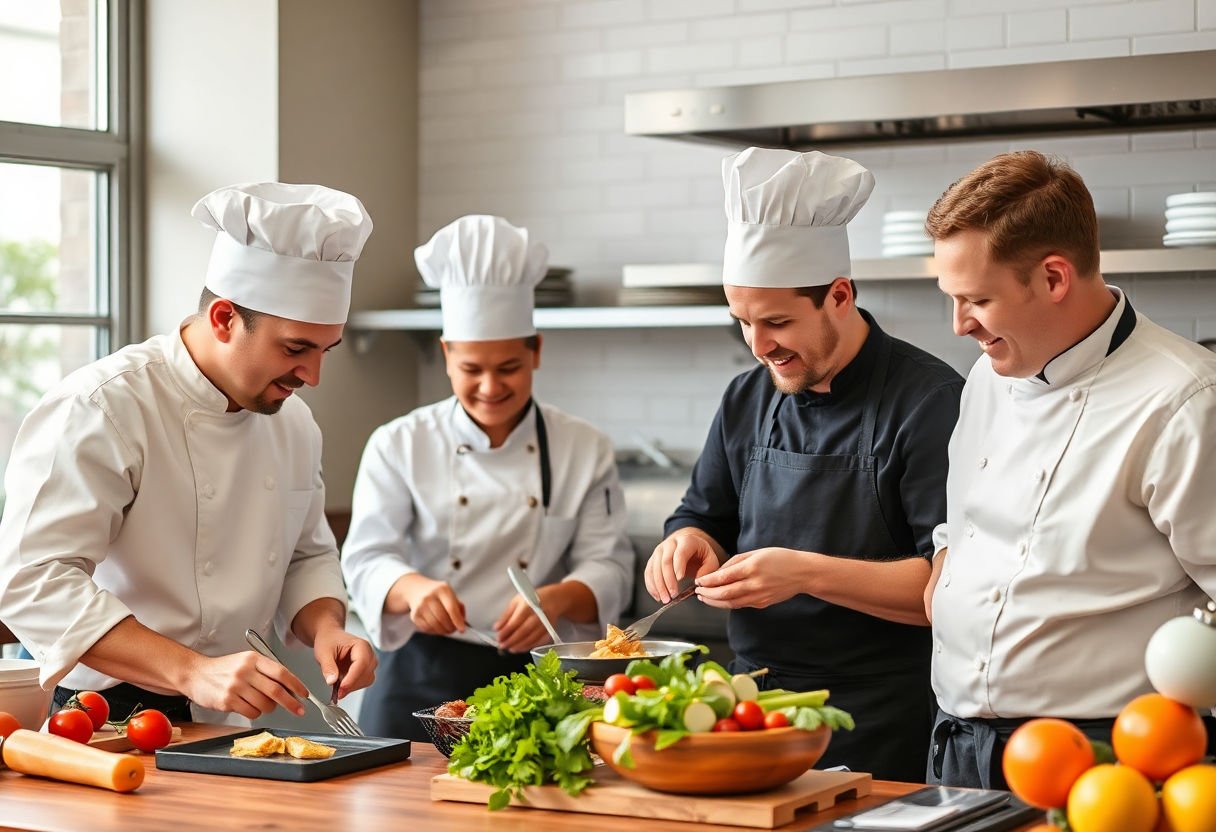
Good teamwork in the kitchen brings great results. In busy kitchens, working as a team makes everything smoother. Think of it like a dance. Everyone has a role to play. When one person chops vegetables, another might cook them. Communication is the key.
Clear Communication
Use simple words and direct phrases. Say, “Pass the salt, please,” instead of pointing or gesturing. This way, everyone knows what you mean.
Roles and Responsibilities
Assign specific tasks to each team member. Someone might handle the oven, while another prepares sauces. Clear roles help avoid confusion and speed up the process.
Regular Check-ins
Hold short meetings before and after shifts. This keeps everyone in the loop. Discuss any challenges and plan for the next service. It keeps the team on the same page.
Encourage Feedback
Create a space where team members feel okay sharing ideas. If someone has a quicker way to set up a salad bar, listen. Everyone has something to contribute.
Positive Environment
A supportive atmosphere leads to better work. Praise team members for good work. A happy team produces better food and enjoys work more.
Practice and Patience
Teamwork takes time to grow. The more you practice, the better it becomes. Be patient and support each other.
When team members work together in harmony, they create not just a meal, but an experience.
Conclusion
Mastering the art of food service prep transforms a kitchen. With mise en place, strong knife skills, and smart time management, chefs boost both efficiency and safety. Choosing the right tools, ensuring hygiene, and planning thoughtful menus all add to the art. By adapting to diverse diets and working well as a team, culinary professionals can meet any challenge. Keep refining these skills and watch your kitchen reach new heights. Remember, teamwork and organization spell success in any kitchen. Stay committed to these techniques and the future of culinary will be bright.
Frequently Asked Questions
How can I improve my knife skills for food prep?
Focus on practicing different cutting styles like dicing, julienne, and chiffonade. Use a sharp knife to enhance safety and precision. Watch expert videos to learn safe techniques.
What does “Mise en Place” mean, and why is it important?
Mise en Place translates to “everything in its place.” It involves setting up ingredients and tools before cooking. This practice leads to better organization and efficiency in the kitchen.
How do I manage time effectively during food preparation?
Make a prep schedule to prioritize tasks. Start with longer cooking items and multitask when possible. Keep a neat workspace to save time searching for tools or ingredients.
Why is proper equipment use vital in food service preparation?
The right tools improve efficiency and safety. For example, a food processor can speed up chopping tasks. Always ensure tools are clean and in good condition to maintain quality and safety.
What are the key elements of maintaining hygiene in food preparation?
Always wash hands and clean surfaces regularly. Use separate boards for meat and vegetables to prevent cross-contamination. Keep food at the right temperatures to avoid spoilage.
